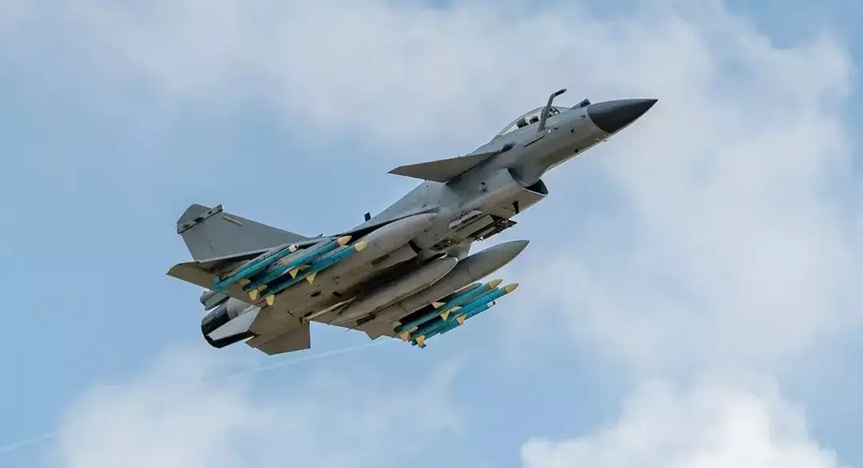In a striking demonstration of the interplay between geopolitics and financial markets, shares of AVIC Chengdu Aircraft Industrial (Group) Co., Ltd. (SHE:302132), the Chinese aerospace giant behind the J-10 and J-20 fighter jets, have tumbled 9.5% over the past two trading sessions. This sharp decline coincides with Indian Prime Minister Narendra Modi's recent national address, wherein he firmly dismissed Pakistan's allegations regarding the destruction of the Adampur Airbase by Chinese-origin fighter jets.
The Immediate Market Reaction
On May 14, 2025, the Hang Seng China A Aerospace & Defence Index recorded a 1.3% drop, following a 2.9% decline the previous day. This downturn reflects investor apprehension about the credibility and international perception of Chinese defense exports, especially in light of the Indian government's assertive stance.
AVIC Chengdu Aircraft, a subsidiary of the state-owned Aviation Industry Corporation of China (AVIC), has been at the forefront of China's military aviation advancements. The company is renowned for its development of the J-10 lightweight multirole fighter and the J-20 fifth-generation stealth fighter, both pivotal to China's defense strategy.
PM Modi's Address: A Catalyst for Market Volatility
Prime Minister Modi's address on May 12, 2025, served as a critical juncture. He unequivocally refuted Pakistan's claims that Chinese-made fighter jets had decimated the Adampur Airbase. By making a symbolic visit to the airbase and highlighting India's robust defense capabilities, Modi not only bolstered domestic morale but also sent a clear message to international observers about India's military readiness and resilience.
This public rebuttal undermined the narrative propagated by Pakistan and, by extension, cast doubts on the efficacy of Chinese defense equipment. Investors, sensitive to geopolitical tensions and their implications on defense contracts and international collaborations, responded by offloading shares in Chinese defense firms, leading to the observed market downturn.
Contrasting Fortunes: Indian Defense Stocks Surge
While Chinese defense stocks faced headwinds, Indian defense companies experienced a surge in investor confidence. Following the successful execution of Operation Sindoor and PM Modi's endorsement of indigenous defense manufacturing, stocks like Cochin Shipyard and Bharat Dynamics witnessed gains of up to 11% on the BSE.
This divergence underscores the market's responsiveness to geopolitical narratives and the perceived reliability of defense equipment. India's emphasis on self-reliance and its demonstrated military prowess have positioned its defense sector as a promising avenue for investment.
Broader Implications for AVIC Chengdu Aircraft
Beyond immediate market reactions, AVIC Chengdu Aircraft faces challenges that could impact its long-term prospects. The company's financial metrics reveal a high price-to-earnings ratio of 361.17, suggesting potential overvaluation . Moreover, with a market capitalization of approximately CNY 36.92 billion and a forward PE ratio of 286.32, the firm's valuation appears stretched, especially in a sector subject to geopolitical risks.
Analysts project a revenue growth rate of 13.1% and an earnings growth rate of 22.6% per annum for AVIC Chengdu Aircraft . However, these forecasts may need recalibration in light of recent events that could affect the company's export potential and international collaborations.
Conclusion: Navigating the Intersection of Geopolitics and Markets
The recent decline in AVIC Chengdu Aircraft's share price serves as a testament to the profound impact geopolitical developments can have on financial markets. PM Modi's assertive address not only countered misinformation but also influenced investor sentiment, leading to tangible financial repercussions for Chinese defense firms.
As global dynamics continue to evolve, companies operating in sectors intertwined with national security and international relations must remain vigilant. Transparent communication, robust risk management, and adaptability will be crucial for navigating the complexities of the modern geopolitical landscape.
